I had originally trained as a saddlemaker in my youth, but after eight years or so I moved on to become a professional photographer. When the photographic industry moved from analogue to digital my income from photography fell sharply. What to do next? Could I find a way of making a case for changing careers?
From saddles to photography
In those film days, you could charge £2 per print to the company on top of your day rate. In the new digital world, it wasn’t possible to sell 100 prints after a PR shoot to the client. You couldn’t just send them out for advertising, either. The client simply emailed out the photos you had supplied after the shoot. My income plummeted. I needed something new. It was time to try something that would equate to 1+1 = 3.
Making a case for a sigh of relief
I launched Classic Cases in February 2011 making cases for cameras, and used on-line advertising to attract customers. And then I waited. I wondered if I would ever get any orders at all, but was hopeful of getting at least a few. Five days later, I was getting nervous for a different reason. Orders were coming in thick and fast at around three per day, and they didn’t stop arriving. It takes around a day to make each case…
After ten days I had twenty-five orders. By this point, I was seriously worried about keeping up with the demand. And each day, more orders just kept coming. Eventually, after two weeks, and thirty-two orders, everything stopped.
At this point, I was working in the utility room inside my house on a Formica work top using an old breadboard as a cutting surface. It took me six weeks to make all the orders. And I only lost one order when the customer couldn’t wait. It felt like a real achievement, and I knew that I could make the idea work.

The start of a lifelong friendship
I discovered Leica a while after I had already started working as a professional photographer. But once I had an M6 in my hands, it was inevitable that it would be a life-long friendship.
Leica cameras have not only been a part of my life as a camera case maker, but Leicas have travelled with me around the world.
Making a case for travelling with a Leica
My M6 accompanied me to Israel in the late 1990s. It then went on three trips to Romania starting in 2001, plus numerous visits to other Eastern European countries.
Going father afield
A few years ago, my M9 even made it to Antarctica. Although essentially a wildlife photo trip with my DSLRs, I used the Leica in Port Stanley on the Falkland Islands and in Ushuaia in Argentina for street photography.
Stitching a full circle brings me to making a case for Leica
Perhaps the pinnacle of my Leica experience, so far, was an exhibition of pictures taken at Bakers Tannery where I source my leather for Classic Cases. The forty-print solo exhibition ran for over three months at the Royal Albert Memorial Museum in Exeter in 2013.
All the photos were taken on my Leica M8 and printed in monochrome. It was a remarkable success. I also had produced an audio slideshow for the BBC news website, which was being projected at the venue.
A unique case for Leica
For me, it’s not just the quality of Leica cameras or the fact that making and selling Leica cases has provided me with a very enjoyable income. It’s just the fact that Leica cameras are unique. Leica cameras themselves seem to be able to change the images I get. They have that indefinable something that helps me capture what I want to portray. There are literally no other cameras quite like them.
Make a donation to help with our running costs
Did you know that Macfilos is run by five photography enthusiasts based in the UK, USA and Europe? We cover all the substantial costs of running the site, and we do not carry advertising because it spoils readers’ enjoyment. Every amount, however small, will be appreciated, and we will write to acknowledge your generosity.

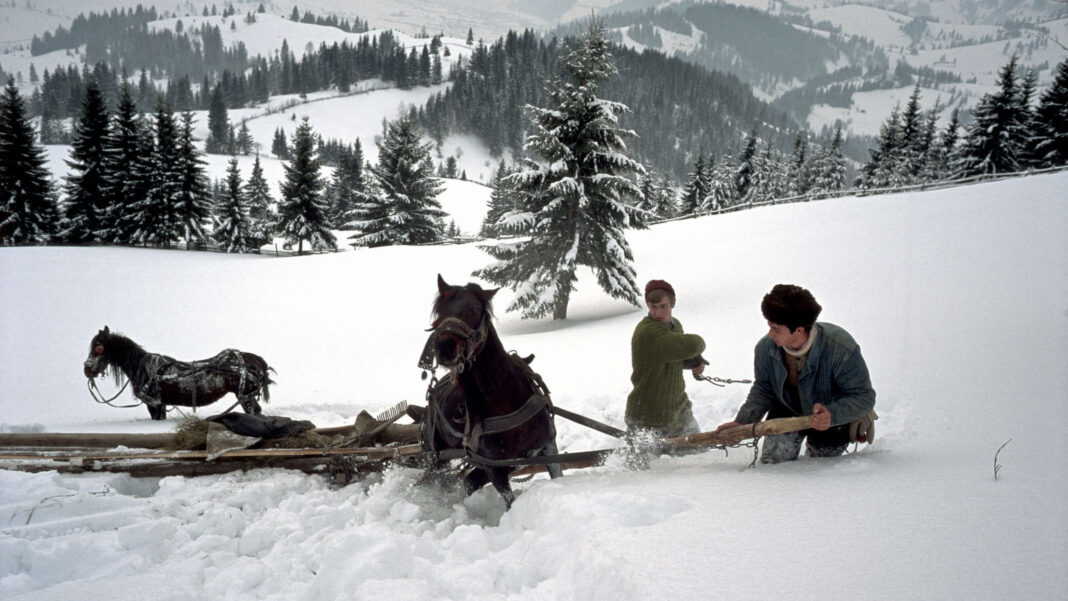
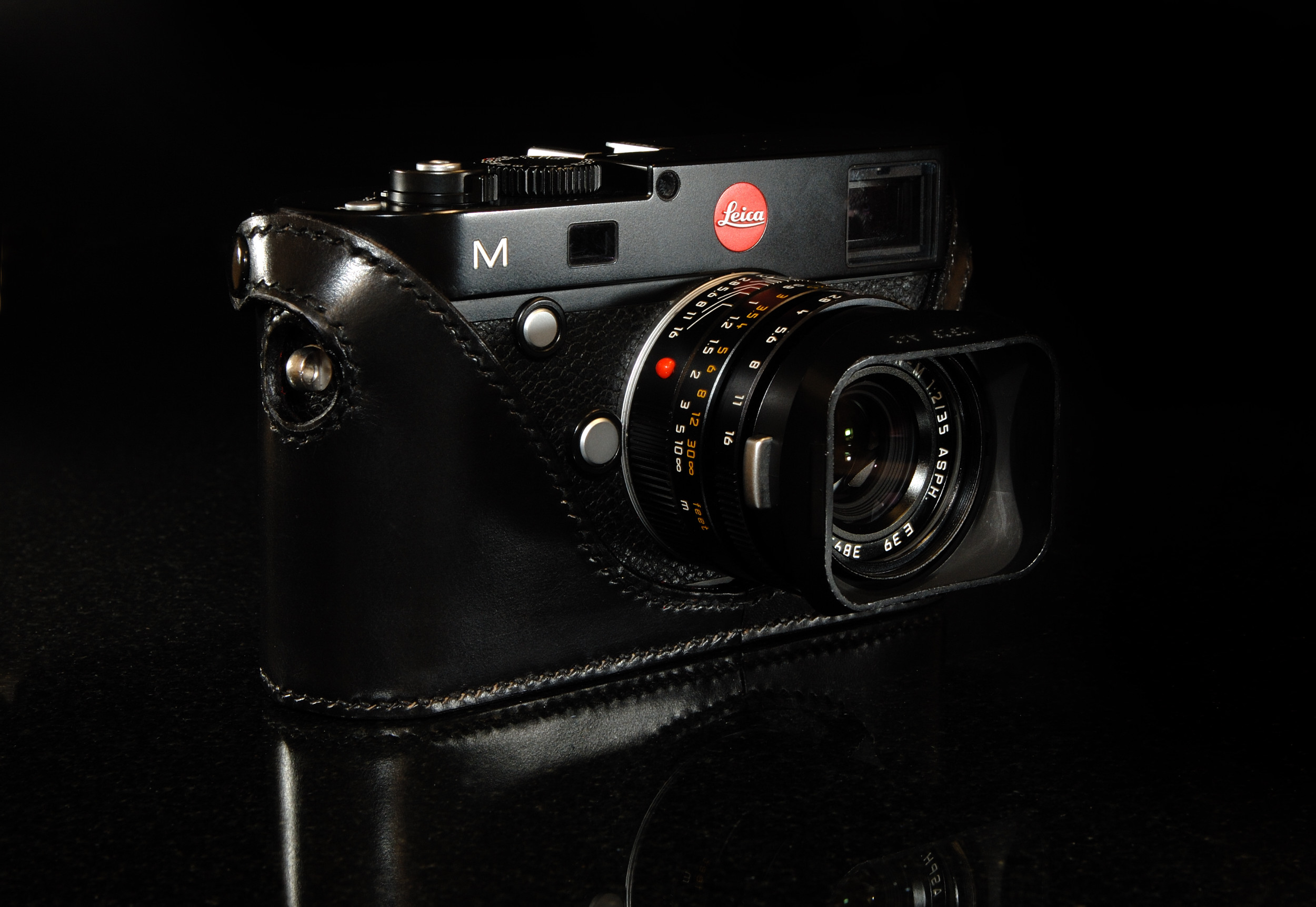
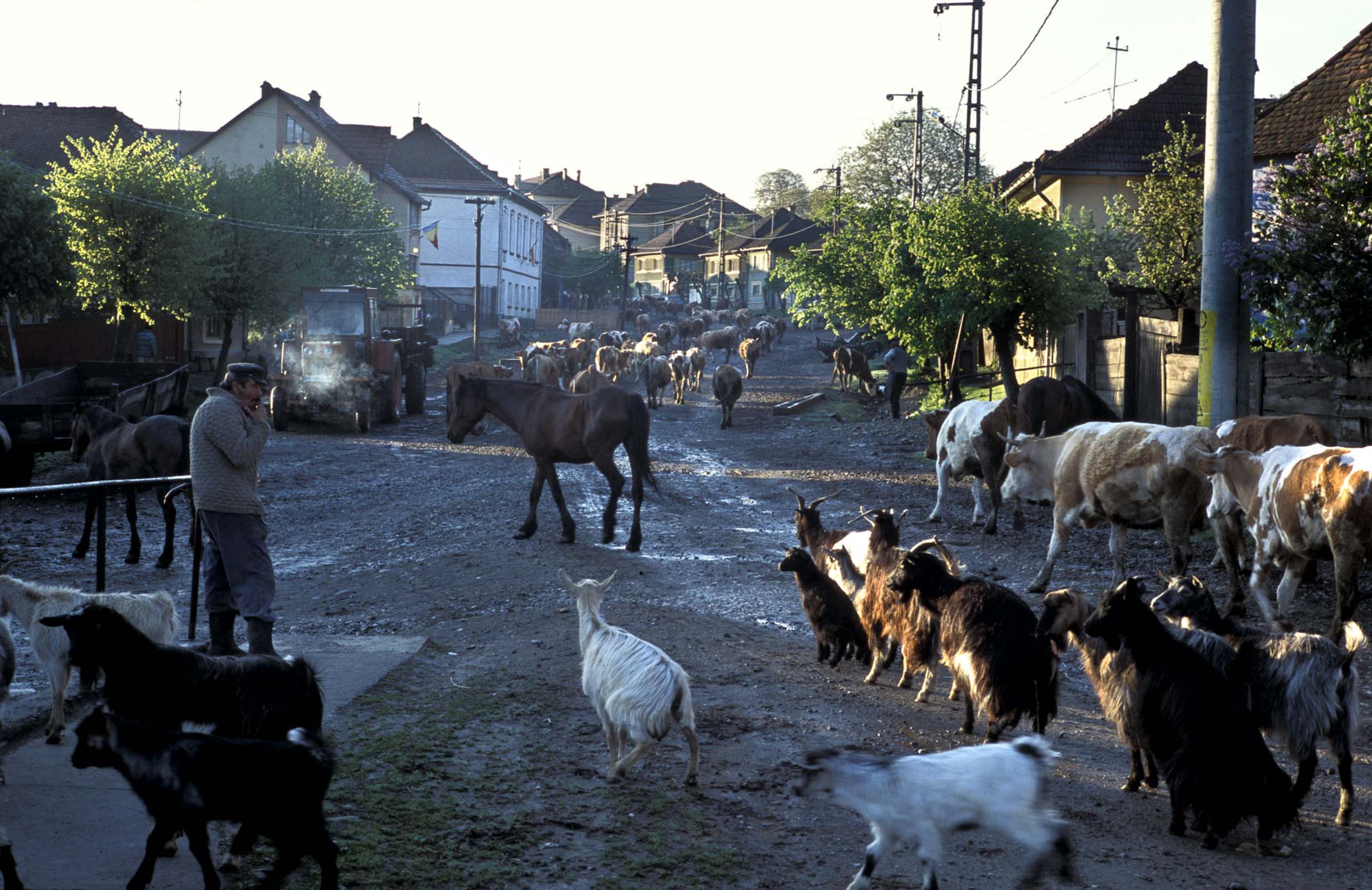
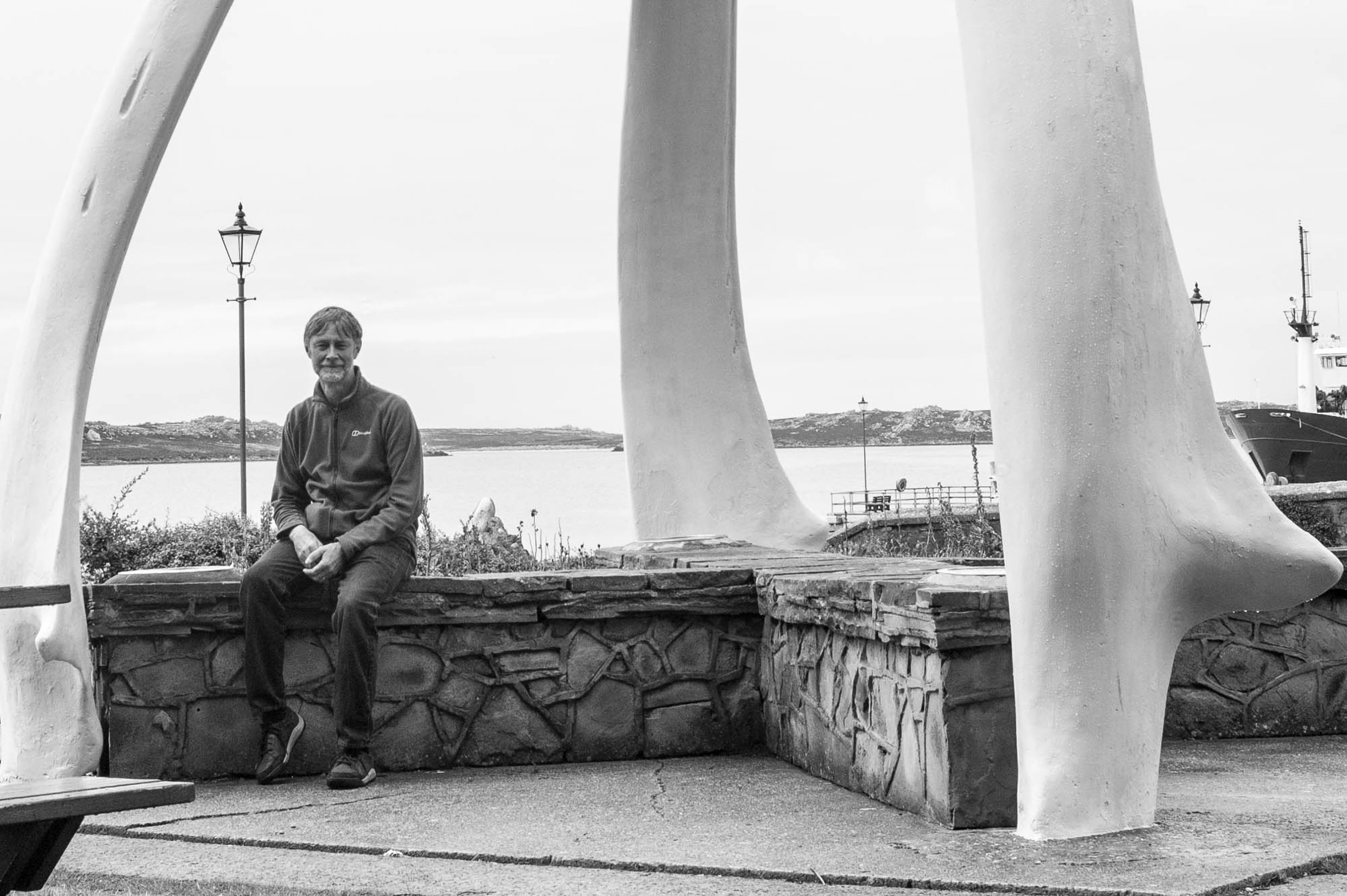

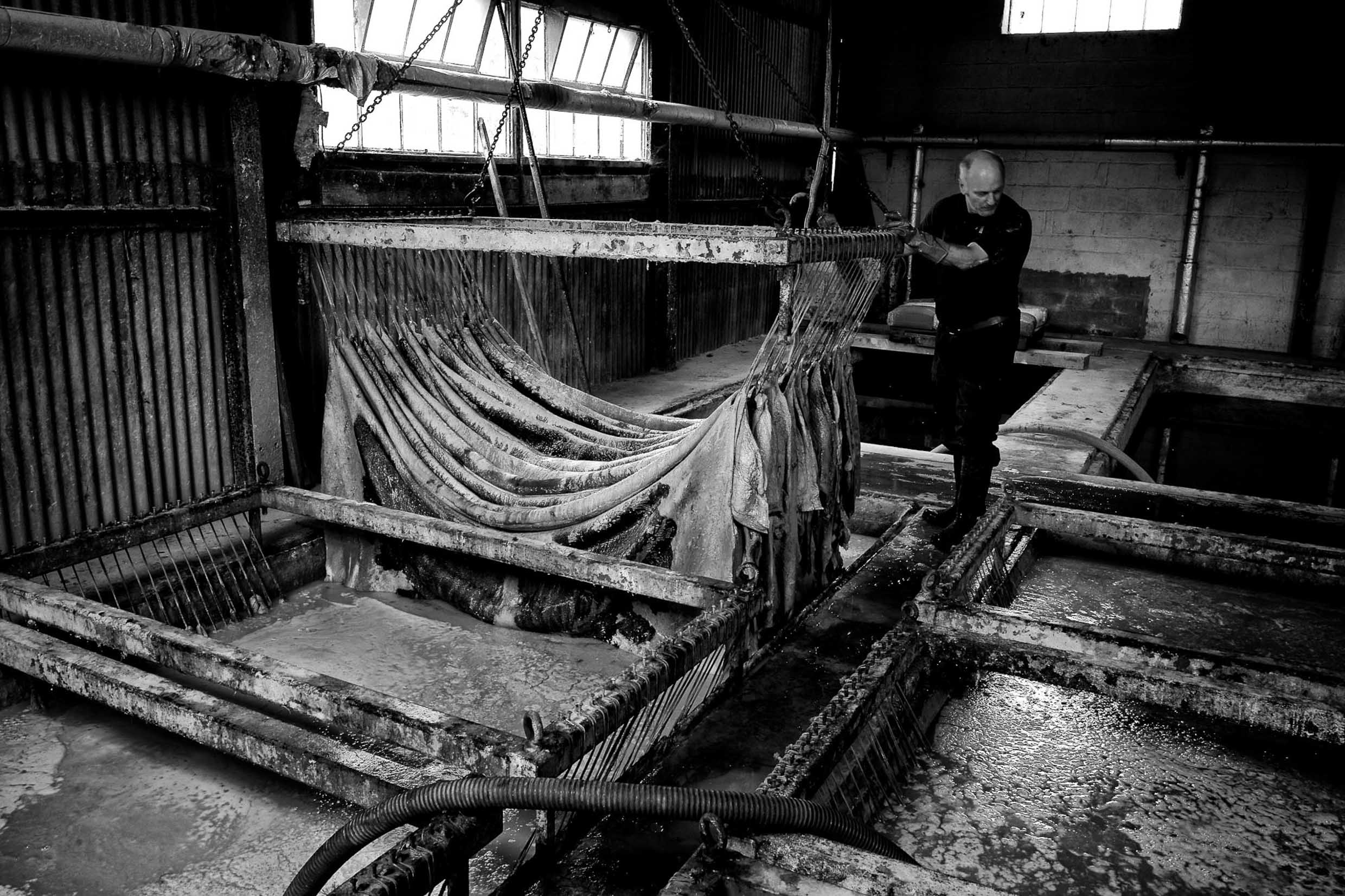
An unique journey for a Leica enthusiast and photographer. I love the authentic atmosphere you have captured in the Rumanian scene. And I like the black and white treatment of the old tannery, which suits old industrial photographs. Thank you. You have had an interesting and productive life.
Hello Paul,
I visited your exhibition at the Victoria & Albert Museum in Exeter, which I much enjoyed.
It was in fact just after I too had done photo project at Bakers’s Tannery, mine was in colour entitled “The Art of Leather – the last oak bark tannery. Having enjoyed a wonderful experience with the M6 this project was undertaken with a digital Canon. It was an interesting experience and it is fortunate that I cannot introduce the pungent smells when I am giving g my presentations I have t the audience would quickly reduced.
My current Leicas are an original Q purchased when they brought out the Q2 and a more recent purchase is the D-Lux8.
Thank your reminding me of some happy days.
Hello Paul,
I visited your exhibition at the Victoria & Albert Museum in Exeter, which I much enjoyed.
It was in fact just after I too had done photo project at Bakers’s Tannery, mine was in colour entitled “The Art of Leather – the last oak bark tannery. Having enjoyed a wonderful experience with the M6 this project was undertaken with a digital Canon. It was an interesting experience and it is fortunate that I cannot introduce the pungent smells when I am giving g my presentations I have t the audience would quickly reduced.
My current Leicas are an original Q purchased when they brought out the Q2 and a more recent purchase is the D-Lux8.
Thank your reminding me of some happy days.
How are you getting on with the D-Lux 8, Alan. If you are interested, why not write a review article covering your experiences and some of your excellent photographs?
Hello Mike,
Thank yo for asking me write a review on the D-Lux 8.
Good evening Mike
I am basically a photographer who likes taking photographs, and who isn’t particularly interested in the techie stuff. From that view point did write a piece a couple of months ago for the Leica Fellowship – website which yet to be posted. I am happy to consider sending you a copy for your consideration.
Best Wishes,
Alan.
That would be good, thanks. I don’t think it needs to be technical. Just impressions of the camera and why it is the one you chose for the job.
Mike
Hello Mike,
The piece on the D-lux8 needs a little editing to suit your audience ( names etc). I am rather busy st the moment but you should have it during next week.
Thanks, Alan
Thanks for posting your story. I suppose most Leicaphiles have heard of Classic Cases, but I certainly never knew the face behind the brand. And I’d never have guessed they were the work of a single craftsman, with a background in leather work.
I liked the image of the horses struggling through the snow. Any background to that?
Hello Kathy, thank you for your kind words. The horse photo is from Romania 2001. The horse has broken free from the sledge the men travelled maybe 4 miles to get to a barn in the hills to collect hay for there cattle in the valley below. In places then snow was a meter deep. It was a tough day for me travelling with them never mind the horses and the men who had to do all the work. Fortunately they let me ride the sledge for a couple of miles with them. See my website below for more photos
Thanks for reminding me of the link to your website — I’d originally just followed to your business.
I enjoyed the photos from rural Transylvania — it looks mechanized but only just. Still, the horses and sledge is the winner for me! You capture the energy, the struggle…